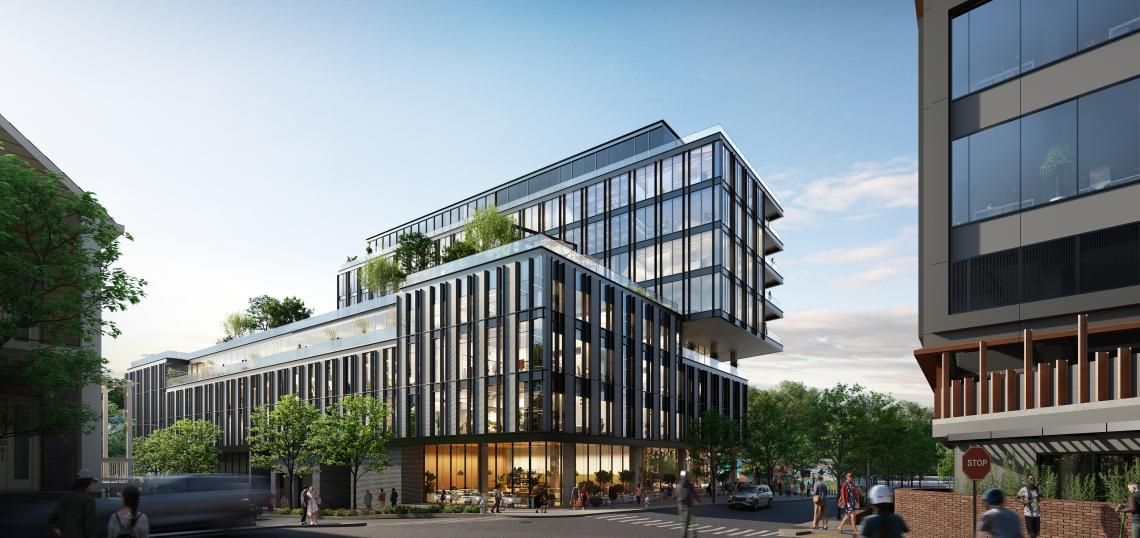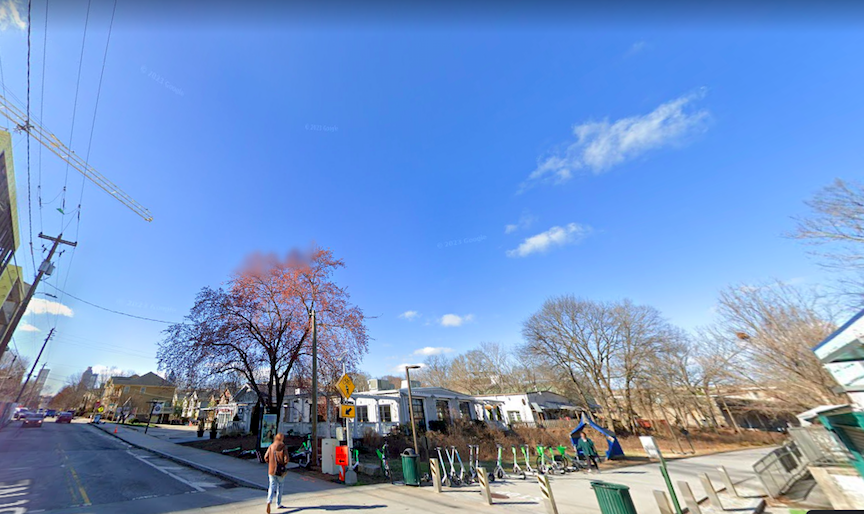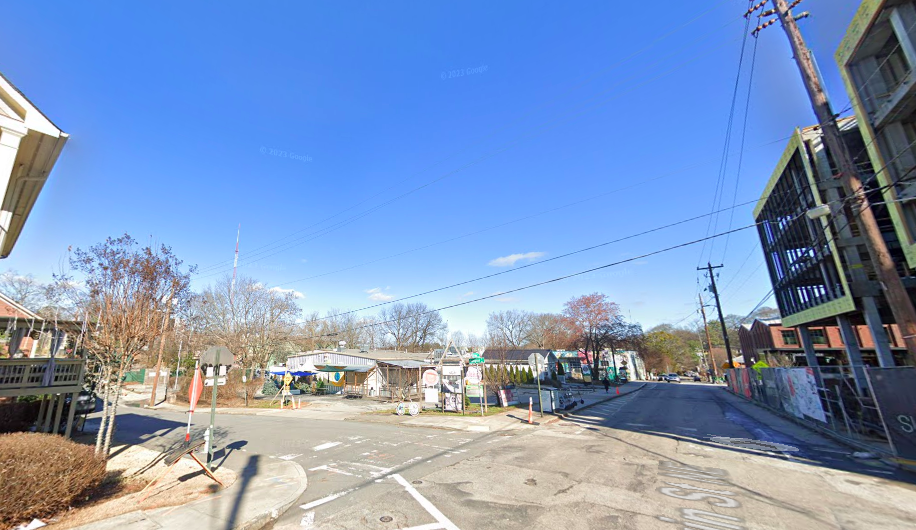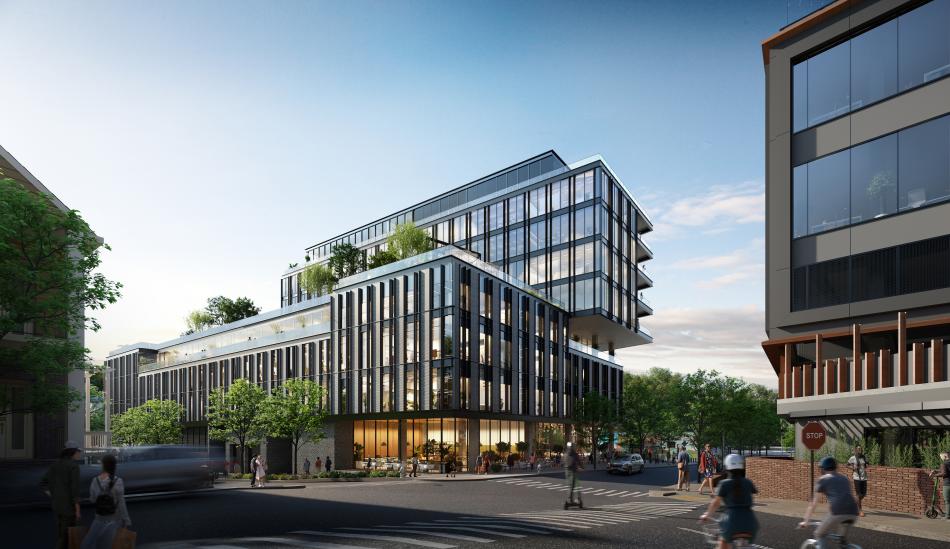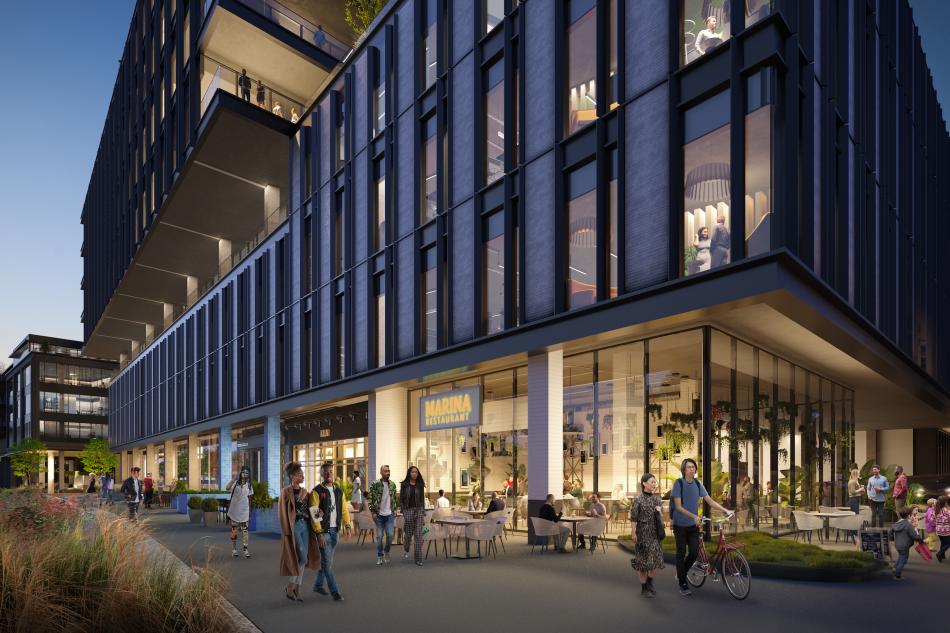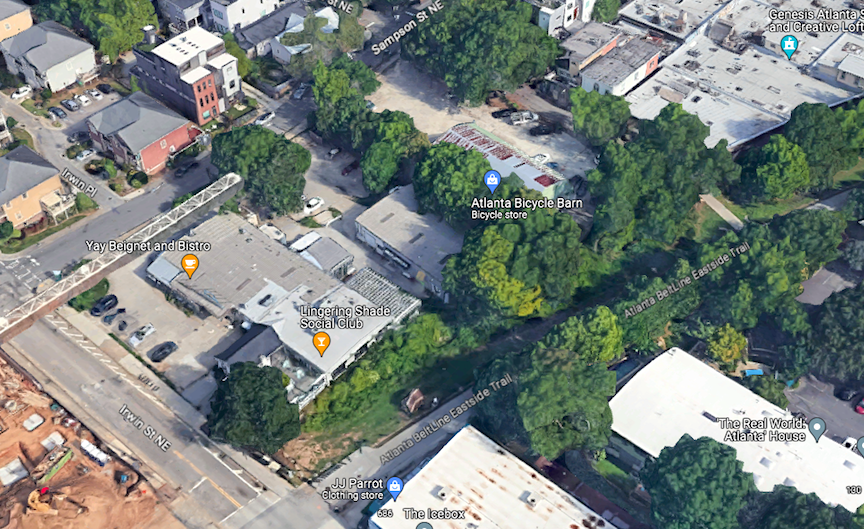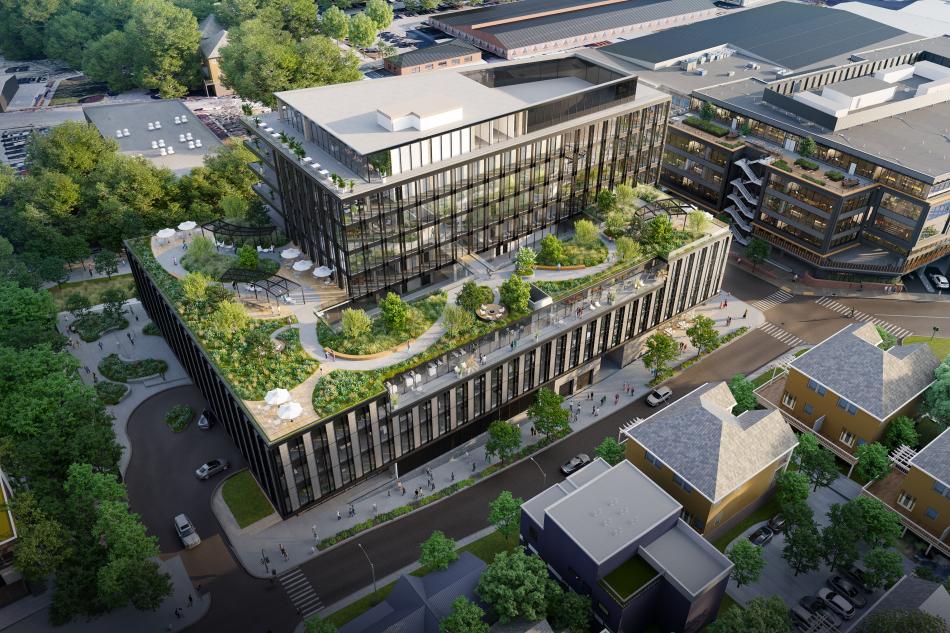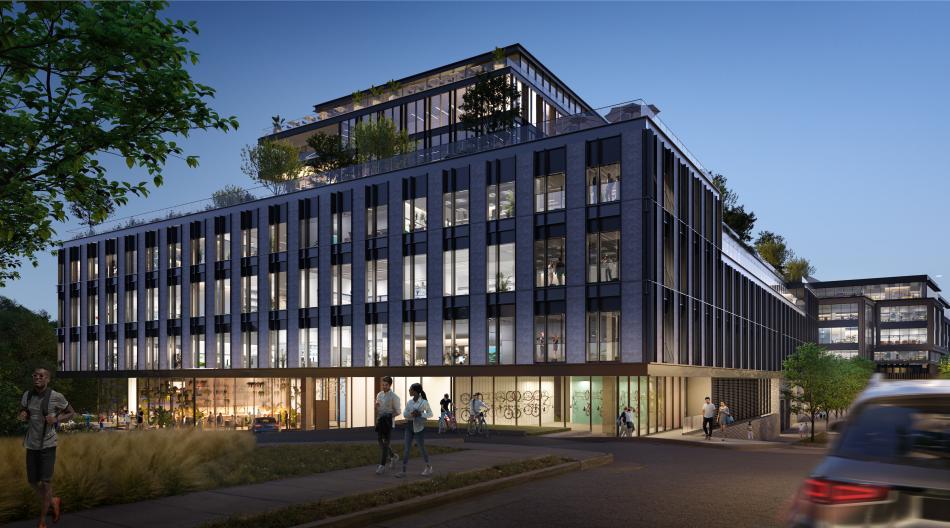There’s nary a dull week in Atlanta development news—especially when the BeltLine is involved.
On the same week Atlanta BeltLine Inc. announced it has bagged $25 million in federal funding to construct a tricky, 2.2-mile trail segment up to Lindbergh (groundbreaking ETA: early 2025), seasoned Atlanta developer Portman Holdings’ next transformative plans for the BeltLine’s most popular segment came to light. (Apologies, as the vast UA staff of one was soaking up Vitamin D on a rare break.)
The second phase of Portman’s Junction Krog District project isn’t expected to start moving through the development process until next summer. But the developer’s recent purchase of 1.3 acres at 660 Irwin Street signals that days are numbered for the corner market of the same name, along with businesses such as Jake’s Ice Cream, Yay Beignet, and Lingering Shade Social Club; Portman’s three-parcel land purchase and future development will end with the property where Atlanta Bicycle Barn currently stands at McGruder Street, just south of Lady Bird Grove & Mess Hall, several standalone houses, and a row of lofts in a former railroad-adjacent warehouse.
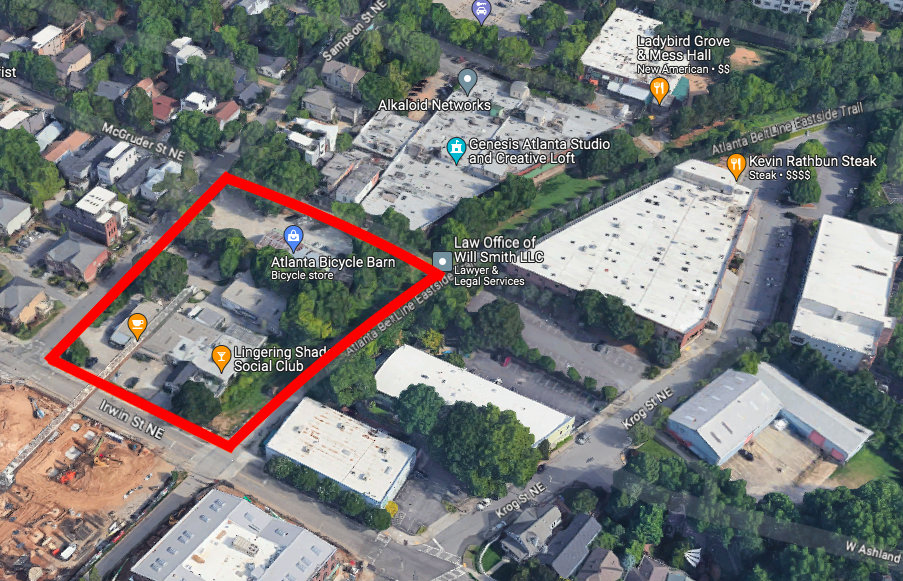 The parcels where the next phase of Portman's Junction Krog District is planned, shown just west of the BeltLine in Old Fourth Ward. Google Maps; outline, Urbanize
The parcels where the next phase of Portman's Junction Krog District is planned, shown just west of the BeltLine in Old Fourth Ward. Google Maps; outline, Urbanize
According to the AJC, Portman paid $12 million for the properties and plans to construct a modern second building that echoes the first at Junction Krog District, only a few stories taller. (Renderings suggest the second phase will stand about nine stories, as opposed to six stories with the first.) It will consist of 220,000 square foot for offices, 15,000 square feet for retail at street level, and several outdoor social spaces.
Renderings provided to Urbanize Atlanta from Portman reps show a cantilevered section over Irwin Street, a rooftop park-like setting, and a long row of shops and eateries along the Eastside Trail.
In case that still doesn’t make sense, below you’ll find a before/after comparison of the O4W block in question today, and how Portman hopes to remake it in coming years. Renderings are courtesy of Portman Holdings/Portman Architects, and the before imagery—aligned to the extent possible today—is via Google Maps.




